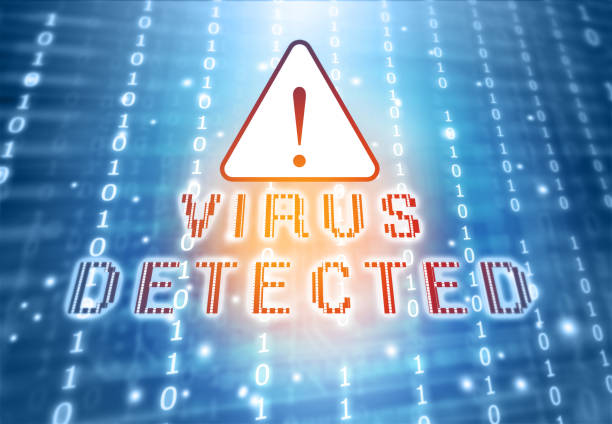Author: Jeremy Ware
TLP: WHITE
Overview
From 21 to 23 March, we observed a malspam campaign distributing the Burkina trojan. First seen in October 2017, Burkina is a trojan distributed through executable (EXE) files sent via email.
Customer Impact
Burkina infects a victim’s computer and attempts to harvest credentials, interrupt standard processes, conceal network connections, and other malicious actions. The malware then reaches out to a command and control (C&C) server to receive additional instructions.
The threat actor can use the stolen credentials to carry out additional malicious acts, including dropping a ransomware package or distributing additional payloads such as Trickbot.1
Campaign Analysis
The campaign we observed delivered Burkina via spam emails. Both the subject line – WG:Re:AG:Re:New order. – and body – See attached PDF – of each message were identical. The emails carried a malicious EXE attachment masquerading as a PDF with the filename SPL6677.pdf.exe.
Attack Chain
Once the user opens the attached file, the executable will present the message “SimpleGameLib has stopped working” to the user.
Burkina drops another executable file named WerFault.exe and updates the AutoRun Registry to include itself. It then attempts to harvest credentials and saved passwords once the user opens a browser. Finally, the malware attempts to connect to a C&C server to receive further instructions as well as to exfiltrate the stolen data.
Vulnerabilities & Mitigation
Infoblox recommends the following precautions to reduce the possibility of infection by Burkina:
- Be cautious of emails from unfamiliar senders and inspect unexpected attachments before opening them.
- Always be suspicious of vague emails, especially if there is a prompt to open an attachment or click on a URL or clickable text.
- Filter attachments to reduce the likelihood of malicious content reaching a user’s workstation.
- Be aware of any attachment’s file type and never openfiles that could be a script (.vbs, .cmd, .bat) or another executable (.exe).
- Ensure you read the file type correctly as many threat actors will include a trusted file type description in the name (.pdf, .docx, .xls, etc.)









